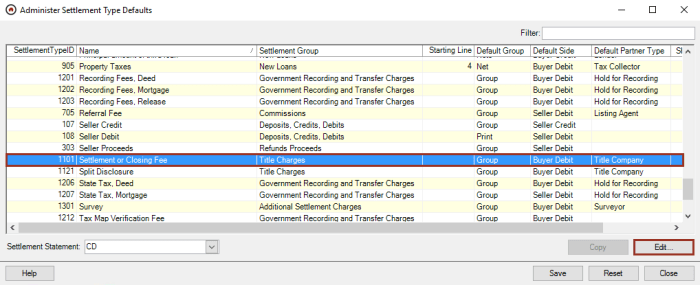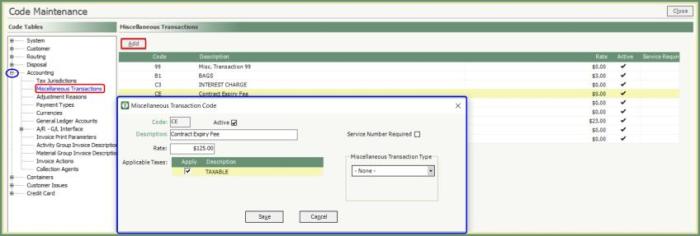How do you reallocate a transaction among multiple accounting codes? This question arises in various accounting scenarios, and understanding the methods, considerations, and best practices is crucial for accurate financial record-keeping. This guide provides a comprehensive overview of reallocating transactions, addressing the reasons, methods, and potential challenges involved in this process.
Reallocation of transactions is the process of assigning a transaction to multiple accounting codes, ensuring that expenses or revenues are appropriately categorized. It is often necessary to correct errors, reflect changes in business operations, or comply with accounting standards. Understanding the principles and techniques of reallocation empowers accountants to maintain the integrity and accuracy of financial records.
1. Overview

Reallocating transactions among multiple accounting codes involves redistributing the amounts recorded under one accounting code to multiple other accounting codes to accurately reflect the nature and purpose of the underlying business transactions.
Reasons for reallocation include correcting errors, aligning with changes in business operations or accounting policies, or improving the accuracy and transparency of financial records.
Reallocation can be beneficial in situations such as:
- Reclassifying expenses from one department to another to reflect actual cost allocation
- Correcting errors in coding or data entry
- Distributing revenue across multiple business units based on their contribution
- Adjusting for changes in tax regulations or accounting standards
2. Methods for Reallocation
Manual Adjustments
Manual adjustments involve directly modifying the accounting records to reallocate transactions. This method requires a deep understanding of the accounting system and can be time-consuming and error-prone.
Journal Entries
Journal entries are used to record the reallocation of transactions. This method provides a clear and auditable trail but requires additional steps and documentation.
Automated Systems
Automated systems use software or applications to facilitate reallocation. This method is efficient, reduces errors, and provides real-time updates.
3. Considerations for Reallocation

Accounting Principles and Regulations
Reallocation must adhere to accounting principles and regulations, such as the matching principle and the principle of materiality. Proper documentation and justification are essential.
Risks and Challenges
Reallocation can introduce risks, such as:
- Inaccuracy in financial records if not done correctly
- Potential for fraud or manipulation
- Compliance issues if not aligned with accounting standards
Mitigation Strategies
To mitigate risks, it is crucial to:
- Establish clear policies and procedures
- Train accounting staff on proper methods
- Implement internal controls and audit trails
- Regularly review and monitor reallocated transactions
4. Examples and Case Studies

Example 1: Expense Reallocation
A company corrects an error in expense coding by reallocating a $5,000 expense from the marketing department to the sales department.
Case Study: Revenue Distribution
A multinational corporation reallocates revenue across its business units based on their respective sales contributions. This ensures accurate financial reporting and fair allocation of profits.
5. Best Practices for Reallocation

Clear Guidelines and Procedures
Establish clear guidelines and procedures for reallocating transactions to ensure consistency and accuracy.
Staff Training, How do you reallocate a transaction among multiple accounting codes
Train accounting staff on the proper methods and documentation requirements for reallocation.
Automated Systems
Implement automated systems to streamline the reallocation process and reduce errors.
Regular Review and Monitoring
Regularly review and monitor reallocated transactions to ensure accuracy and compliance with accounting standards.
Query Resolution: How Do You Reallocate A Transaction Among Multiple Accounting Codes
What are the reasons for reallocating transactions?
Reallocation may be necessary to correct errors, reflect changes in business operations, or comply with accounting standards.
What are the different methods for reallocating transactions?
Transactions can be reallocated manually through adjustments or journal entries, or automatically using accounting software.
What are the risks and challenges associated with reallocation?
Risks include errors, fraud, and non-compliance with accounting standards. Challenges include maintaining accuracy and ensuring proper documentation.